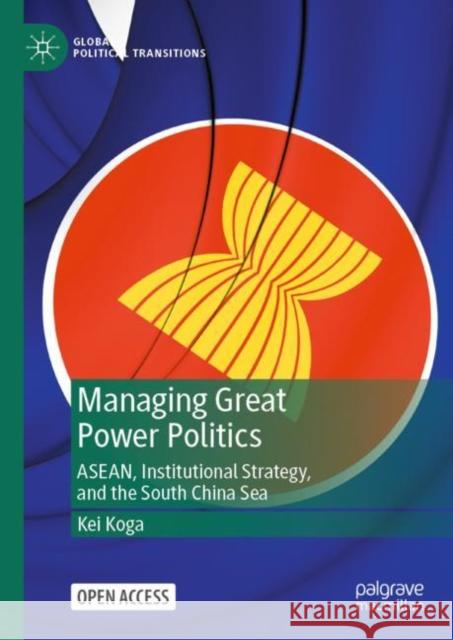Managing Great Power Politics: Asean, Institutional Strategy, and the South China Sea » książka
topmenu
Managing Great Power Politics: Asean, Institutional Strategy, and the South China Sea
ISBN-13: 9789811926105 / Angielski / Twarda / 2022 / 215 str.
Managing Great Power Politics: Asean, Institutional Strategy, and the South China Sea
ISBN-13: 9789811926105 / Angielski / Twarda / 2022 / 215 str.
cena 201,72
(netto: 192,11 VAT: 5%)
Najniższa cena z 30 dni: 192,74
(netto: 192,11 VAT: 5%)
Najniższa cena z 30 dni: 192,74
Termin realizacji zamówienia:
ok. 22 dni roboczych
Bez gwarancji dostawy przed świętami
ok. 22 dni roboczych
Bez gwarancji dostawy przed świętami
Darmowa dostawa!
Kategorie BISAC:
Wydawca:
Springer Verlag, Singapore
Seria wydawnicza:
Język:
Angielski
ISBN-13:
9789811926105
Rok wydania:
2022
Ilość stron:
215
Wymiary:
21.0 x 14.8
Oprawa:
Twarda
Dodatkowe informacje:
Wydanie ilustrowane











